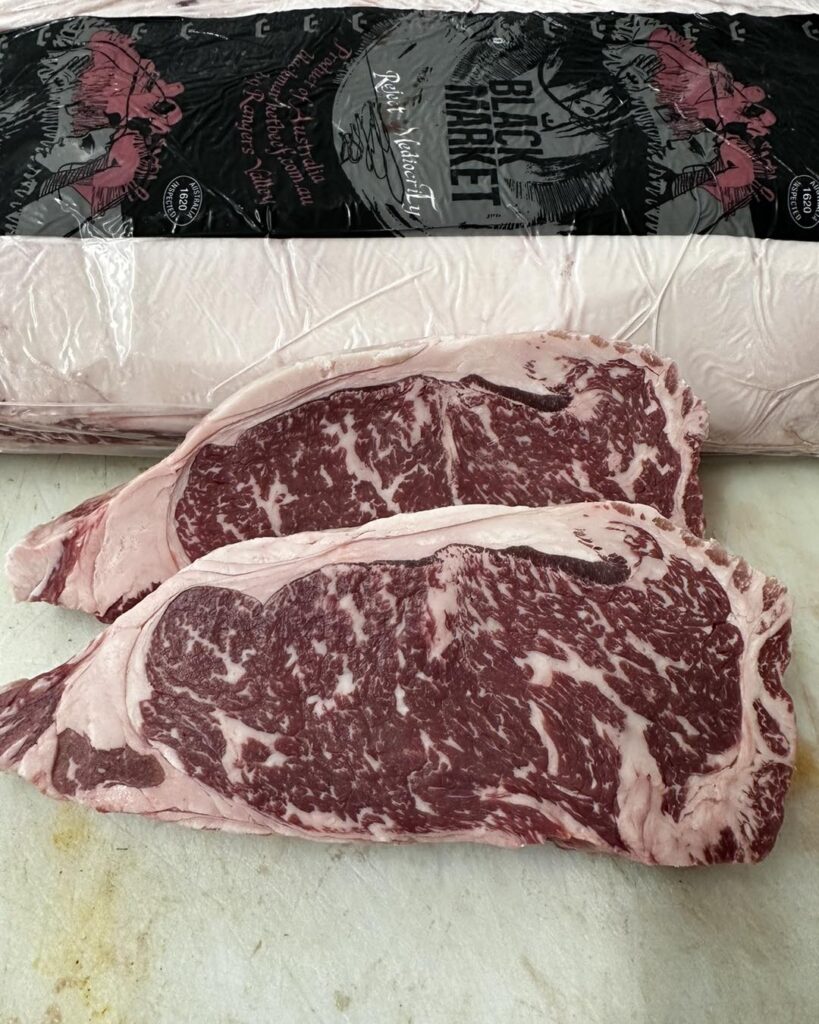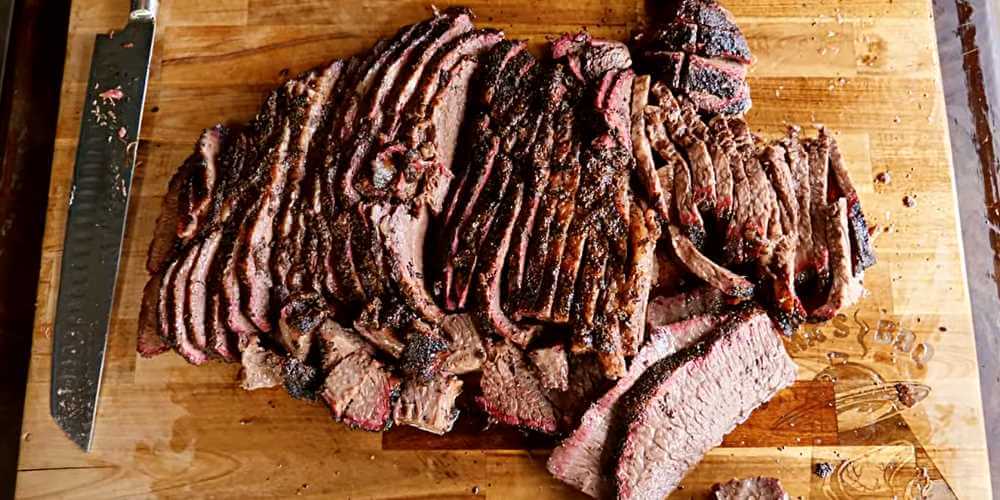The Differences Between Wagyu and Angus Beef

Diving into the world of gastronomy means diving into a world of flavour! Having been in the butcher trade for so long, I’ve had experience tasting the rich and diverse types of beef you can find all over Australia and the world. We will be exploring some of the most popular types of beef: Angus and Wagyu; what makes them special; and how we can enjoy them to the fullest. Grab your apron, sharpen your knives, and let’s go on a culinary adventure!
Where did Angus and Wagyu originate?
Angus and Wagyu beef are some of the tastiest types of beef you can find on the planet. Both are considered premium varieties of beef and are prized for their quality. Angus beef, or Angus cattle, originated in Scotland and dates back to the 19th century. They were brought to the USA in the late 1800s, where they were bred and became the Americans’ choice of beef. On the other hand, Wagyu beef has its roots in East Asia, specifically Japan. Its lineage traces back over 2,000 years and is considered a national treasure by the Japanese. Wagyu, known for its exquisite marbling and tasty meat, was selectively bred for its genetic and physical traits. Angus cattle have been bred in other countries without problems, while Wagyu cattle remain bred and raised in Japan.
What makes Angus beef special?
The popularity of Angus beef reflects its high quality in terms of flavour. It is known for having a bold and robust flavour paired with excellent marbling. Because Angus has a lot of intramuscular fat, it ensures you get tender beef with great texture and a succulent taste. It does melt in your mouth! Angus beef uses a grading system created by the USDA. It has ‘Prime’ as the highest grade, followed by ‘Choice’ and ‘Select’. This enables producers of Angus beef to classify their beef according to your budget and culinary preferences.
What makes Wagyu unique?
Wagyu is the Rolls Royce of beef. It is the epitome of luxury and reflects high class and good taste. Like Angus beef, Wagyu is renowned for its exquisite taste, melt-in-your-mouth tenderness, and flavour that explodes with every bite. Although the two types of beef share marbling, the Wagyu possesses a more spectacular marbling than the Angus beef. The intramuscular fat found in Wagyu creates an intense buttery and umami flavour that spreads in your mouth like wildfire. What makes Japanese Wagyu so special? The meticulous care and treatment of the Wagyu cattle on Japanese farms set them apart. Having specialised diets consisting mostly of grains and other high-quality food, you are ensured their marbling is of extraordinary level. Wagyu is graded using the Japanese system, with A5 as the highest grade.

What are the key differences between Wagyu and Angus beef?
Angus and Wagyu beef are similar in flavour profiles but not entirely the same. The two coveted types of beef differ in several aspects. Angus beef has a balanced, robust, and strong meaty flavour that appeals to people who love the beefy taste. Also, Angus beef has great marbling, but it’s not on the same level as the marbling on a Wagyu steak. This is because Angus cattle is fed with grains, legumes, and grass with the purpose of optimal growth. Because Angus is more accessible, raised, and bred in many countries, it is widely available for people of all budgets. Wagyu, on the other hand, is celebrated for its rich, umami and buttery flavour tones. It has marbling like no other beef variety possesses. Wagyu cattle are fed for the purpose of optimising and increasing intramuscular fat. They are fed grains, beans, soy, and okra and put on a strict high-protein diet. The quality of Wagyu beef, unfortunately, comes at a high price, which makes it a great option for people who want to splurge on special occasions.
How should I cook Wagyu and Angus beef?
Although the two types of beef differ in price and flavour, Angus and Wagyu are delightful choices for cooking. Angus beef is best cooked using traditional cooking methods like pan-searing, grilling, roasting. The key to a successful Angus steak is to determine the doneness you want to achieve so you get the optimal flavour. For Wagyu beef, it’s important to not overcook the meat if you want to retain its delicate texture and make its buttery flavour shine. Cooking methods like sous-vide or quick searing on charcoal, on a pan, or grill are perfect. We recommend you invest in a meat thermometer, so you end up with a perfectly cooked steak every single time!
Wagyu vs Angus FAQ
There are different classifications of Wagyu available in the market. Here are the different kinds of Wagyu beef available:
- Full-blood Wagyu (100%)
- Purebred Wagyu (93%)
- Crossbred Wagyu (87%)
- Crossbred Wagyu (75%)
- Crossbred Wagyu (50%)
The percentages indicate the percentage of Wagyu genetics in that particular Wagyu breed. To know what kind of Wagyu you are buying, it’s best to ask our butchers at The Meat-Inn Place for recommendations on the best Japanese and Australian Wagyu brands.
Because of the superior taste of Wagyu, it’s best to pair it with lighter side dishes that won’t overpower the exquisite taste of Wagyu. Examples are mashed or baked potatoes, caramelised onions, roasted mushrooms, broccoli, or fresh and crisp greens.
It all boils down to personal preference and budget. Angus and Wagyu are considered premium-tier meats that satisfy the tastebuds of even the most discerning diner. Whether you choose Angus or Wagyu, you’re in for a culinary treat!

